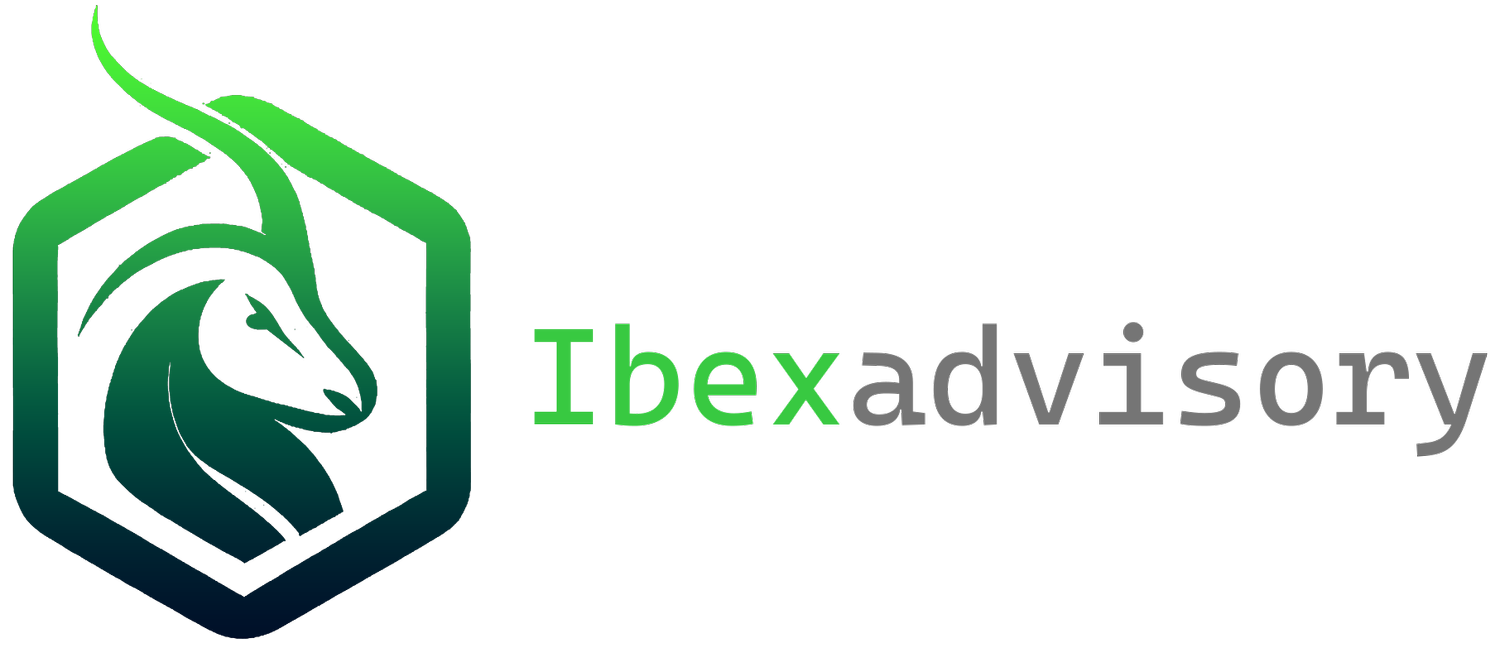Precinct Governance Structure
Site Navigation:

The building blocks
There is no standard governance model across all precincts, and there should not be. Standard governance would assume each precinct wishes to be governed the same, and this is not the case. Each precinct must decide for itself, and augment as it evolves. This is the same for all organisations.
This site outlines the structure of good governance, the actors, decision makers, and support functions.
There are best practices that can be adapted to a precinct governance model. The rule used is to include the necessary people and support functions needed to make good decisions. A central Committee or Board cannot make decisions in a vacuum. They require information and analysis collected from many sources, analysed, prepared, and presented to make an informed and effective decision. These are the building blocks.
Development Phase Governance Building Blocks
The Actors
-
Sponsors have a precinct vision. They may be Government, University, or private owner. Importantly, the Sponsors must set the long-term precinct operating strategy and sustainable funding.
-
Tenants underpin the realisation of the entire vision. They will be the precinct constituents that ultimately oversee future precinct governance group.
-
Investors understand the development strategy and buy into (and influence) the long-term vision set by the Sponsors.
-
Financiers debt fund the development phase.
-
Community members input their views of what they want and do not want. They will be the users of the public amenity, the employees, and the visitors.
If a precinct is in development phase then community are represented by the target audience of the property development.
-
Authorities regulate and approve the masterplan and vision having significant influence on the finished product. Federal, State, Local Governments and Utilities.
Decision Making
-
Vision is the ultimate direction. If poorly defined, then it causes confusion amongst the actors. The most important characteristic is not to be bold, it is to be clear. A set of guiding Principles can support the clarity of vision.
-
The Directors are the investment decision making body for the precinct. While representing the interests of the Sponsors and Investors, the Directors must collectively hold the skill and capability to make informed decisions throughout the development stages. These skills may evolve, and Directors may increase or change because of:
Strategic framing & feasibility
Development staging, funding, and procurement
Construction risk
-
Multiple Committees will support the Board’s decision making by providing forums for group analysis and endorsement of investment recommendations. Committees may include various Actors to ensure there is an involvement in shaping decisions.
-
An investment assurance program will regularly review progress for objective feedback to decision makers. Assurance reviews require diversity of independent opinion to avoid optimum bias.
Support Functions
-
The Development Manager administrates the day-to-day activity of the precinct on behalf of the Board of Directors, providing regular reports and seeking approvals.
-
Artefacts are the strategies, plans, processes articulated in documents.
-
Information management systems are critical to the effective capture, analysis, and record keeping. CRMs, databases, and cloud-based information for maximum accessibility.
-
The legal agreements entered by the developer, on behalf of the Sponsors, retain the commitments and obligations that are the result of investment decisions.

< Developing versus Operating >
Operating Phase Governance Building Blocks
The Actors
-
Landowners of the underlying property have a vested interest in the precinct’s success and its correlation to land and lease values.
-
Government have several roles related to precincts. They are owners of the legislative framework that enables a precinct (State/Federal), a service provider (Local), a statutory authority for development (Local or State), a transport authority, a licensing body for events, a landowner or tenant.
-
Anchors are the larger organisations with significant influence on precinct stability and success. They may be Government, University, or a large company. An anchor may be a tenant or landowner. No all precincts have an anchor.
-
Business owners are the commercial inhabitants with direct benefit from precinct operations. A business owner may be a tenant and a landowner, or just a tenant. Most tenants will pay landowner’s outgoings (i..e Council rates.)
-
The Community are the residents, users of the public amenity, the employees, and the visitors. The Community will have a say in the management of public space.
Decision Making
-
The Vision is the ultimate direction. If poorly defined, then it causes confusion amongst the actors. The most important characteristic is not to be bold; it is to be clear. A set of guiding Principles can support the clarity of vision.
-
The Executive Committee is the decision-making body for the precinct. ExCo members can be a representative from each business, or a limited number of representatives selected by the precinct constituents to represent interests. The ExCo decide where annual revenue is best spent to support the vision and principles.
Strategic framing & feasibility
Development staging, funding, and procurement
Construction risk
-
Multiple Committees will support ExCo’s decision making by providing forums for group analysis and endorsement of investment recommendations. Committees may include various Actors to ensure there is an involvement in shaping decisions.
-
An Investment assurance program will regularly review progress for objective feedback to decision makers. The assurance reviews are conducted by an objective based Review Team, and their findings are presented to ExCo. Assurance reviews should be conducted annually.
Support Functions
-
The Precinct Management team administrates the day-to-day activity of the precinct on behalf of the Executive Committee, providing regular reports and seeking approvals. They are the communication conduit between all businesses in the precinct, the active place managers, data collectors, and analysts. A Precinct Management team supports the Executive Committee with information and recommendations. A clear delineation between the Precinct Manager and ExCo is important to demonstrate transparent decision making.
-
Artefacts are the strategies, plans, processes articulated in documents.
-
Information management systems are critical to the effective capture, analysis, and record keeping. CRMs, databases, visitor counters, and cloud-based information for maximum accessibility.
-
The legal agreements are the documents that form the precinct or are entered into by the precinct with other businesses from time to time.




